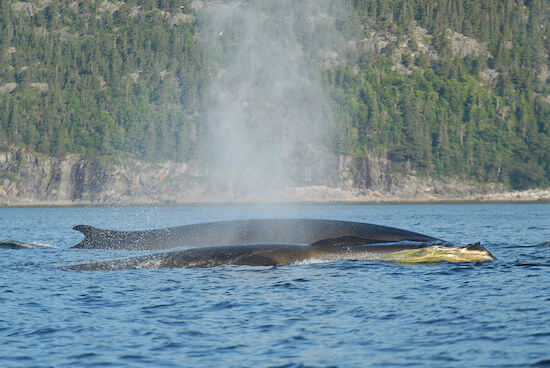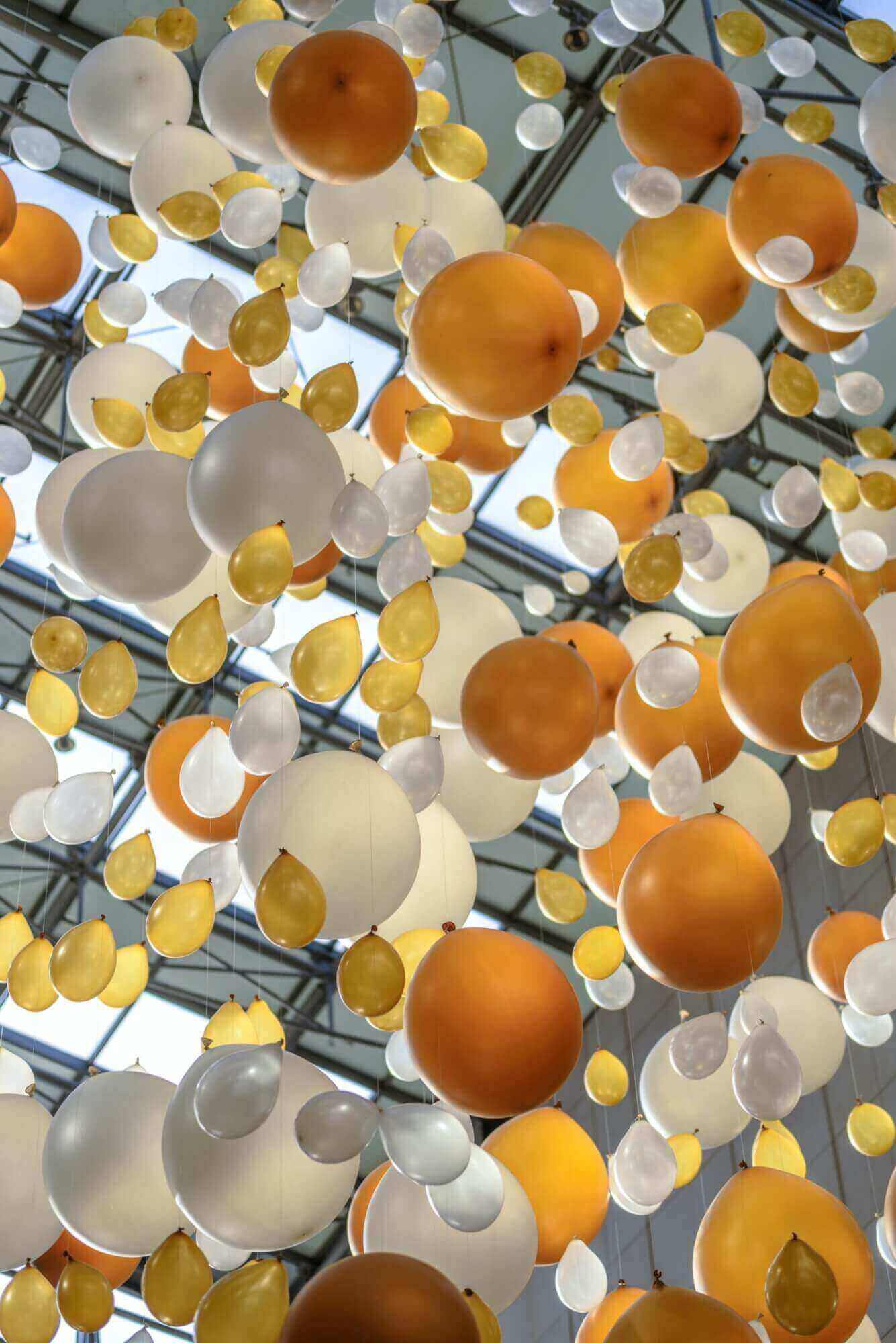Around the globe, many people are concerned by the plight of cetaceans. February 19 is the international day dedicated to them and the efforts required for their conservation. Scientists, political actors, merchants and activists will have to join forces for years to allow species long exploited by commercial whaling to recover.
But there’s hope! If everyone chips in, we can improve the state of the marine environment. It’s true that everyday actions can mitigate the risk of injury and death to marine mammals. And they’re not that hard to adopt.
Taking up the cause
Time and borderless collaboration: this is what researchers need to push the boundaries of cetacean knowledge to better protect these creatures. If we’re not directly involved in research, what role can we play on a daily basis for this cause? This is the story of Maris Sidenstecker, a prominent American biologist whose initial gestures for whales might appear modest.
Maris first took an interest in whale conservation when she was just 14. She created a t-shirt on which she sketched out a blue whale and wrote “Save the whales”. Never did she imagine that her desire to make a difference and educate youth about the plight of cetaceans would lead her to found the organization Save the Whales. Since 1977, the organization has been contributing to marine conservation by preserving the critical habitats of whales and other species. Here are a few examples of day-to-day actions suggested by this group to improve the fate of marine mammals.
Get involved in the community
You can set up your own project, thanks to support from watershed conservation organizations such as Shoreline Cleanup. You can join a team of volunteers to clean up streams, tributary rivers and the St. Lawrence. It is also possible to develop habitat restoration projects for beaches and other natural environments. If you’re itching to restore the charm to a natural environment, you can also organize your own shoreline clean-up activity with members of your community or even propose a school project to clean up and remove trash from streams and rivers.
Everyone can also do their part to stem the flow of pollutants on our streets and walkways. Think about our waterways and tributaries of the St. Lawrence and protecting them from contaminants such as motor oil, pet droppings, antifreeze and pesticides. By making sure we maintain our vehicles, properly dispose of automotive products and pick up after our pets, we can have a positive impact by preventing these types of pollution from spreading through runoff.
Cut up plastic packaging
Six-pack rings used in the soft drink industry pose a risk of entanglement and poisoning for cetaceans as well as fish, birds and other marine organisms. Before recycling or tossing them into the garbage can, cutting up this plastic packaging eliminates these risks to wild animals!
Pick up trash on a daily basis
As you walk along the water’s edge, you regularly find garbage, which is best to collect and dispose of. You can make a difference, even by removing the tiniest bits of litter like cigarette butts. The latter can remain in the environment for 10 to 12 years before degrading and can pollute up to 500 litres of water. A food tin can take 50 years to decompose!
Balloons must stay at the party
Like other garbage, inflatable balloons can clog the digestive system of the marine animals that ingest them. These items can travel great distances. You can mitigate this risk by staying vigilant and keeping balloons securely attached at parties or other festivities.
Safely dispose of your fishing gear
Rather than throwing old fishing line or hooks into the water, it is better to dispose of them properly to keep whales, birds, fish and other aquatic life safe.
Recycle, reuse, reduce and consume locally
This catchphrase has been used extensively to remind people of the impact of consuming products that are industrialized, packaged and made from natural resources. And these gestures are super easy!
By consuming more local products, we help ease the demand for international shipping. A considerable gain for several species of cetaceans that have to contend with cargo traffic.
By reducing our consumption, we curb the volume of waste trucked off to landfills. This means less pollutants infiltrating into the soil and, ultimately, into the water table. Choosing organic foods also helps reduce soil and water pollution. Let’s admit it, aren’t our local and organic seasonal products delicious?
Looking for more ways to contribute? Whales Online has listed more in the section “Take Action”.







